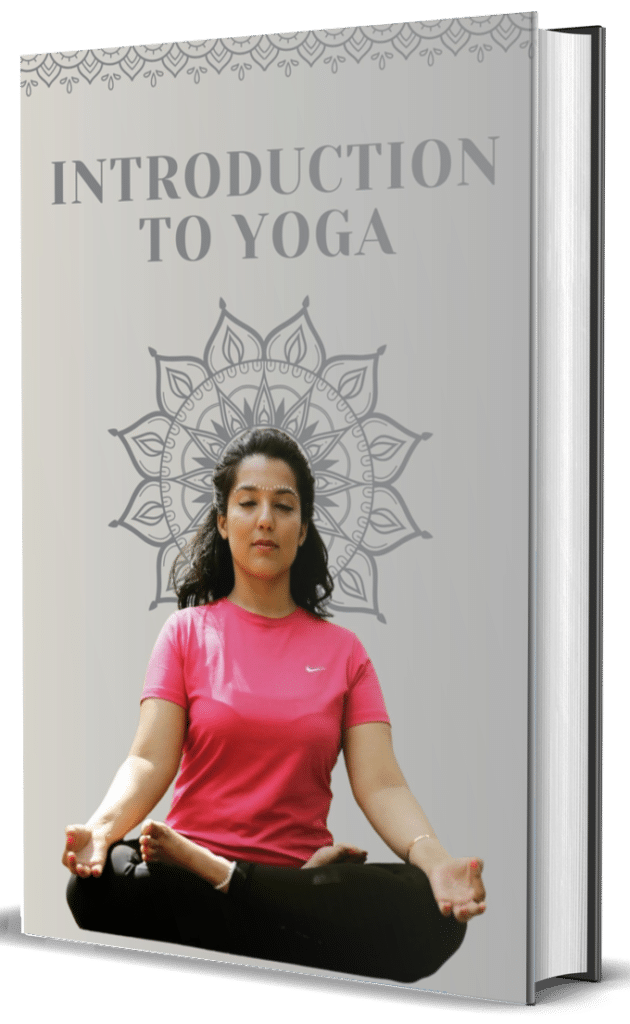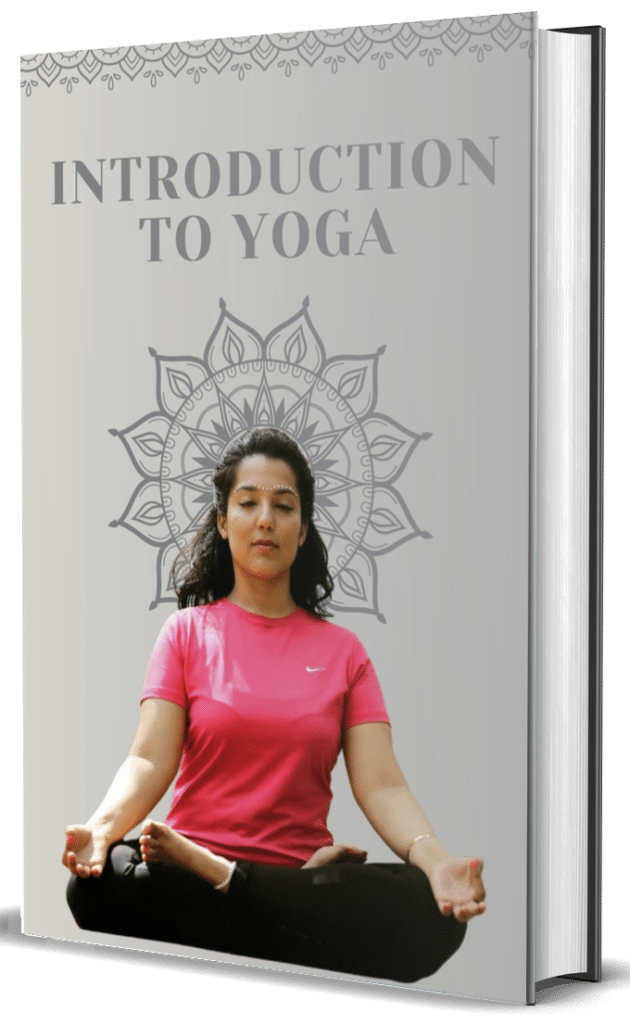Mudras are symbolic hand gestures used in yoga practice and meditation that direct energy flow and enhance concentration. The word “mudra” comes from Sanskrit meaning “seal” or “gesture.” These precise finger and hand positions create specific energy circuits that influence the pranic energy flow and affect the unconscious reflexes in the brain.
In yoga tradition, there are approximately 100 different mudras documented. Each mudra has specific benefits and applications. For example, Gyan Mudra (touching the tip of the index finger to the thumb) enhances knowledge and concentration, while Prithvi Mudra (touching the tip of the ring finger to the thumb) increases stability and groundedness.
Practicing mudras can balance the five elements within the body: earth, water, fire, air, and ether. They are often incorporated into meditation practices to deepen mental focus and enhance the meditative state. Many practitioners find that mudras help create a stronger mind-body connection during their practice.
Mudras can be practiced while seated in meditation, during pranayama (breathing exercises), or incorporated into asana practice. For beginners, it’s recommended to hold each mudra for at least 5-10 minutes to experience its effects. Advanced practitioners might hold mudras for 30-45 minutes or longer.
Scientific research suggests that specific mudras may influence neurological pathways, blood flow, and pressure points in the hands that correspond to different areas of the brain and body. While traditionally viewed through an energetic lens, modern understanding recognizes the potential physiological and neurological benefits of these ancient practices.



